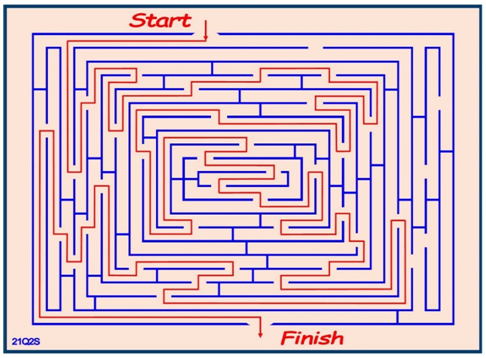Manageria
» July 2025
» Jan 2025
» July 2024
» Jan 2024
» July 2023
» Jan 2023
» Oct 2022
» July 2022
» Apr 2022
» Jan 2022
» Oct 2021
» July 2021
» Apr 2021
» Jan 2021
» Oct 2020


Add To What You Know (1)
Prepared by: "Optimanage.com"
Resolving Conflicts in Organizations
There are five (5) approaches or styles used by organizations to resolve conflicts arising between entities (individuals or groups) within them. These styles are:
» Avoidance
» Smoothing
» Dominance (Power Intervention)
» Compromise
» Confrontation
» Smoothing
» Dominance (Power Intervention)
» Compromise
» Confrontation
Following are some characteristics of each style or strategy of conflict resolution:
Avoidance:
- Rationale:
- Managers may want to avoid dealing with the problem, thinking that the problem will "go away".
- Strength
- Enables managers to avoid spending time and effort on problems that may solve themselves.
- Weakness:
- It does not address the real causes of a problem. Managers may ignore issues that could be vital to the organization.
Smoothing:
- Rationale:
- Managers may want to spread harmony in the organization.
- Strength
- Harmony between co-workers enhances good relations within the organization.
- Weakness:
- It does not deal with the underlying causes of a problem.
- It gives the appearance of solving the problem.
Dominance (Power Intervention):
- Rationale:
- Managers want a quick resolution of the problem.
- They may also want to keep the existing power structure.
- Strength
- Quick resolution of the conflict.
- Weakness:
- This style does not address the real causes of the problem.
- The problem may not be resolved.
- It may create bad feelings between a boss and his employees.
Compromise:
- Rationale:
- To satisfy a portion of each of the parties involved in the conflict.
- Strength
- Each party in the conflict receives a part of their demands (partial win).
- Weakness:
- It does not address the real causes of problem.
- None of the conflicting parties gets satisfaction.
Confrontation:
- Rationale:
- To get to the root cause of the conflict.
- Strength
- Management deals with the causes of the conflict.
- It arrives at a workable solution that forces all involved to reconcile their demands with the realities.
- Weakness:
- If it is not address and managed properly it will create bad feelings.
- Managers may get too involved with the details and roots of the problem and fail to solve it./LI>
References:
(1) Patrick J. Montana and Bruce H. Charnov, “Management”, Business Review Books, Fourth Edition, Baron’s (2008), p: 376.






